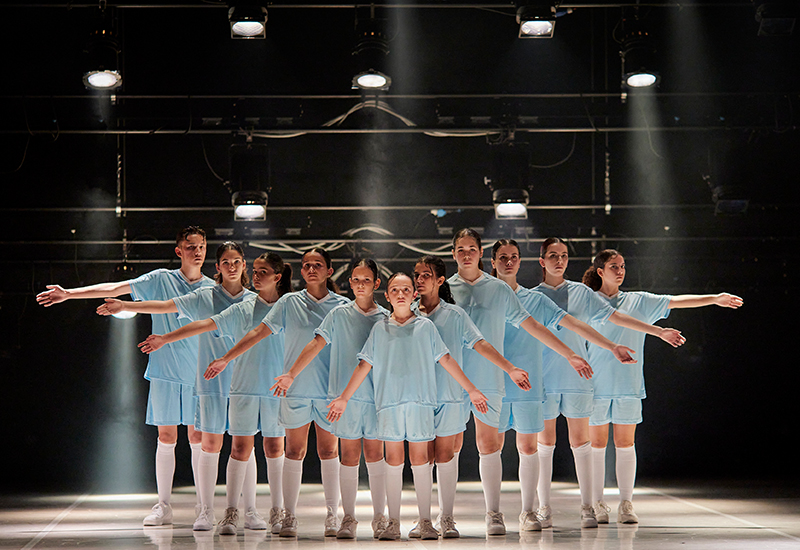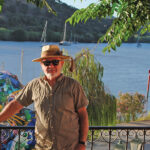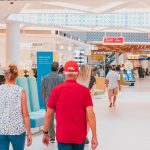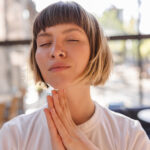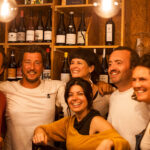There is a saying in Portuguese “água mole em pedra dura, tanto bate até que fura.” Translated into English, “water dripping day by day wears the hardest rock away.” The analogy is clear when I speak to the dynamic organisers of the Pedra Dura festival, Daniel Matos and Joana Flor Duarte. This innovative, creative team, under the brand of CAMA, is the fresh water penetrating the boundaries of culture and dance.
In the July issue, I spoke to Daniel and Joana about their efforts to turn a derelict school in Almádena into a centre of music and dance, thus bringing a new cultural energy to the south of Portugal. They were keen to reconnect to tell me about the Pedra Dura dance festival that is taking place in Lagos from 9 to 18 November. Once again, it was an engaging conversation. Their energy and ambition seem boundless. They see the Algarve as a place of cultural change, and if they keep pouring in the water, their energy will someday break the rock.
I am curious as to what they envisage as the rock. “There is nothing like this format anywhere else in the Algarve. We are thinking about a different type of approach, which is not mainstream; it is disruptive and brings new approaches to dance.” CAMA also delivers performances that break down our traditional conceptions of what dance is – or should be.
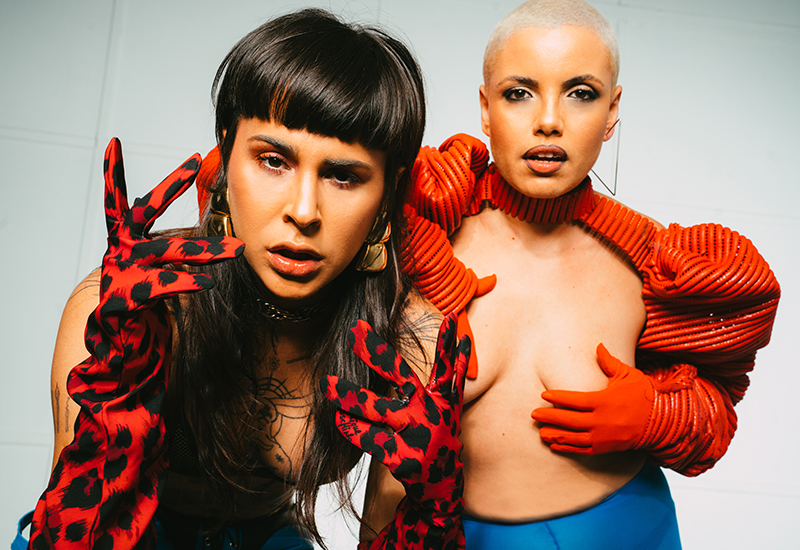
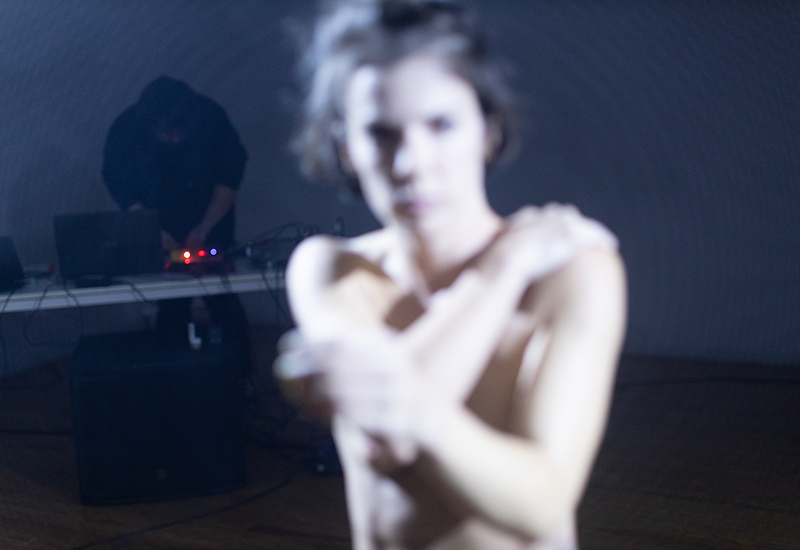
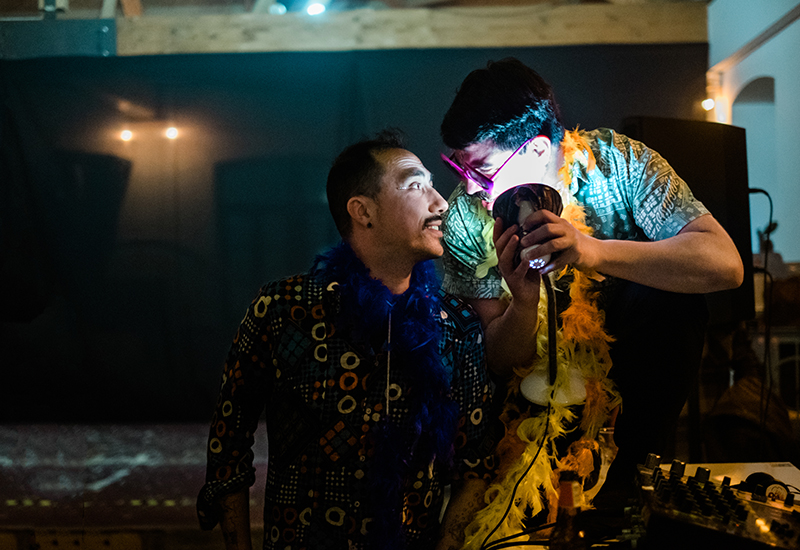
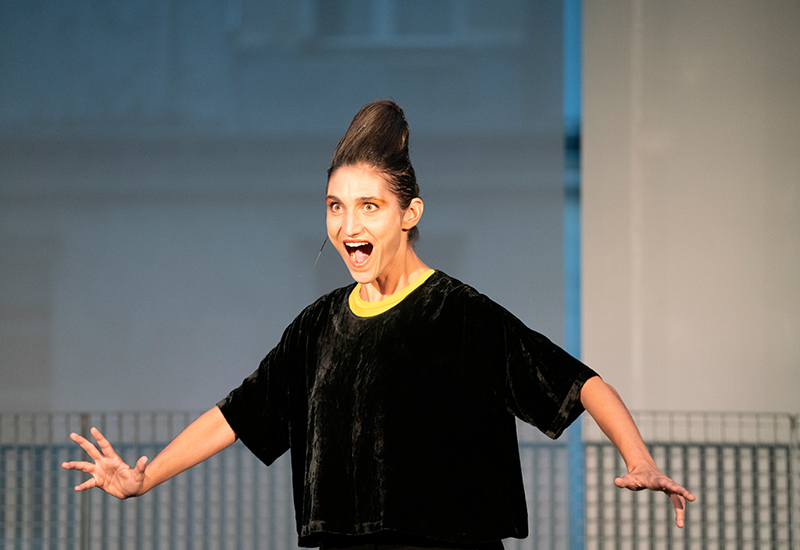
The festival will be attended by 40 new and established artists from all over the world. “We have a focus on Portuguese artists but want to bring other artists here from other areas that haven’t been to the Algarve to create a cultural melting pot where people can learn from each other and share ideas,” explains Daniel.
It is important to stress that if they are the dripping water, then Lagos Câmara has turned on the tap. The municipality was looking to celebrate the 30-year anniversary of the Centro Cultural. The idea came to create a dance festival and they invited Daniel and Joana to help them. “The festival was born with an invitation from the municipality, so we took it and amplified it and now dream of making it grow. But it is a joint effort. We couldn’t do this without their funding and resources,” Joana emphasised. The festival was inaugurated last year as a pilot, and Daniel and Joana were given the freedom to explore their concept. This year, they have decided they could manage a project on this scale, so they asked for funding to amplify it.
They have certainly been ambitious and looking at the programme of events, which spans two weeks, it is fair to say that the creators are excited while admitting they have created a lot of work for themselves. However, their experience of directing and choreographing performances all over Europe is sure to stand them in good stead. Both sides wanted a project that would grow and spread to other areas of the municipality, so as well as performances in the Centro Cultural, there will be performances in other locations in Lagos as well as Luz and Sargaçal.
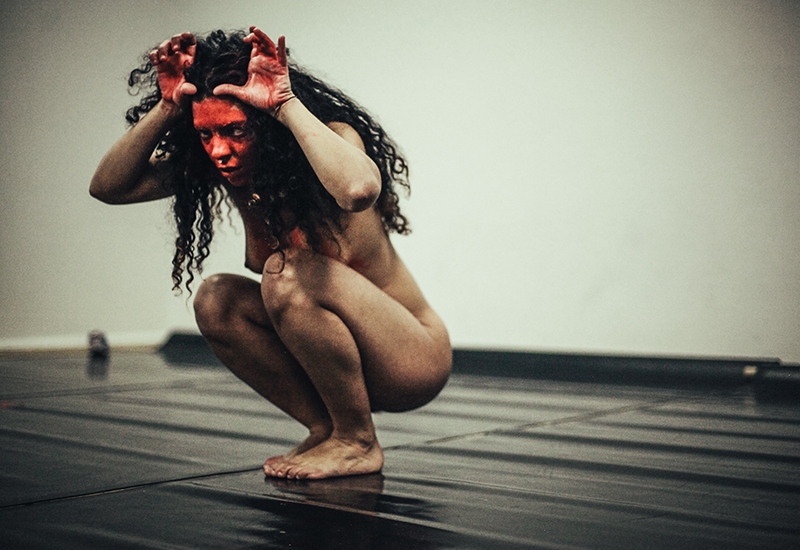
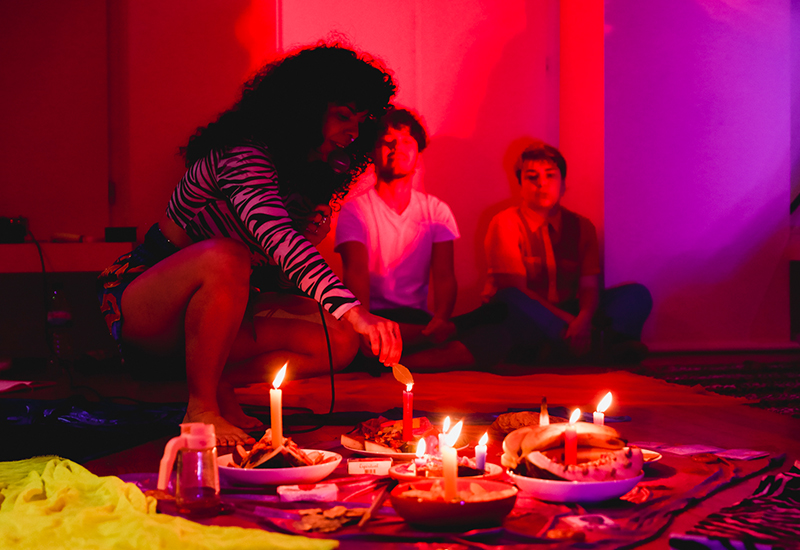
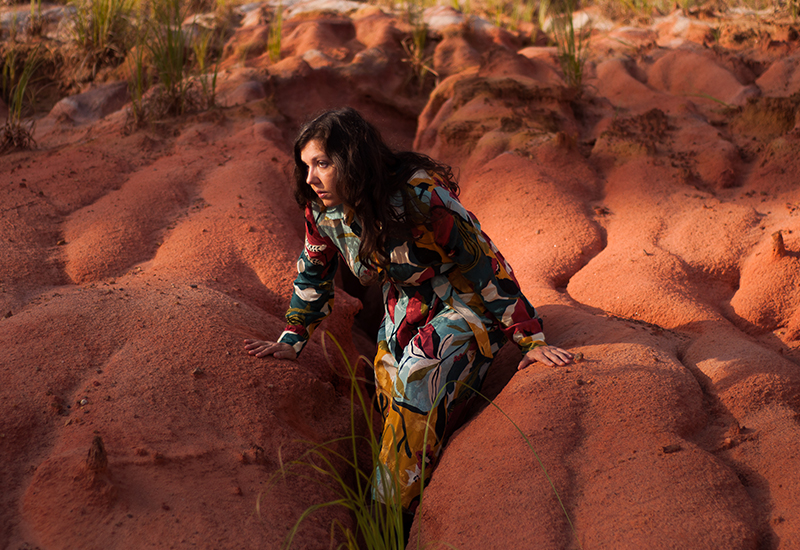
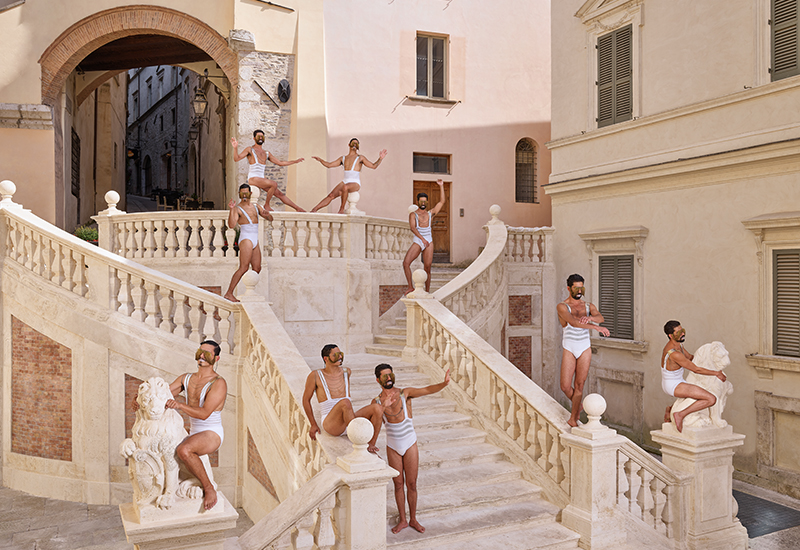
They are also keen that this project should be educational and engage young people. In partnership with the Austrian festival Dance On Screen Graz, directed by Valentina Moar, Pedra Dura opens up a space for the relationship between dance and the screen through a selection of video dance in two programmes, including five film sessions for children in primary schools in the municipality.
Fresh from the success of his work VÄRAin, which was performed to a group of international directors this year, Daniel will be presenting 11 Angels Saying No. In collaboration with CAMADA – Centro Coreográfico, Daniel will inaugurate the stage of the Cultural Centre of Lagos with a choreographic score about 11 angels. These angels claim the power of decision in an open and illuminated silence, as if foretelling a heaven on earth, which Daniel has choreographed for students from a dance school in Faro.
The opening of a new documentation centre is the realisation of a dream they told me about in my last interview. They aim to create a research tool and to catalogue the history of dance in Portugal. Many choreographers and researchers have donated material, while CAMA has invested in a library of books. The research will be on display initially in an exhibition room at the Cultural Centre before moving to their space in Almádena.
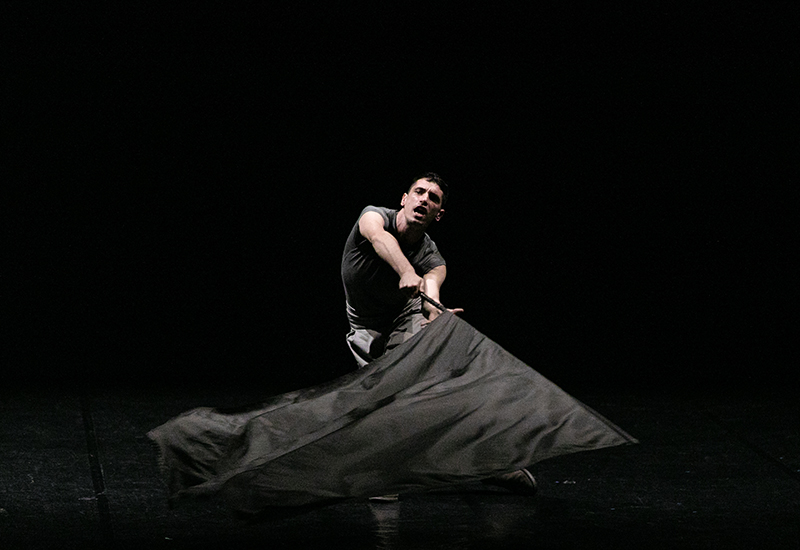
For me, one of the most innovative aspects of the show is its collaboration with Centro Ciência Viva de Lagos, the Lagos Science Museum. The festival will combine dance with science, initiating conversations around sound and semiotics. I ask why they integrated the two. “Lots of the shows are focused on sound. So we felt it was nice to cross the two universes of arts and science,” explains Joana.
“We want to attempt to incorporate more of the community and weave a web to incorporate all different entities. Ciência Viva is therefore collaborating with a talk on the science of dance,” continues Daniel. There will also be a walk along the coast with a geological talk. As Daniel says, “This is an invitation to get lost as if the body and the cliffs were allowing themselves to be explored from the inside out.” One of the popular events from last year that they will be repeating is the night sky observation. Daniel hopes that an audience will attend a show and then go and observe the night sky. “It’s about symbolism and art – about how you relate them because dance is mainly expressive.”
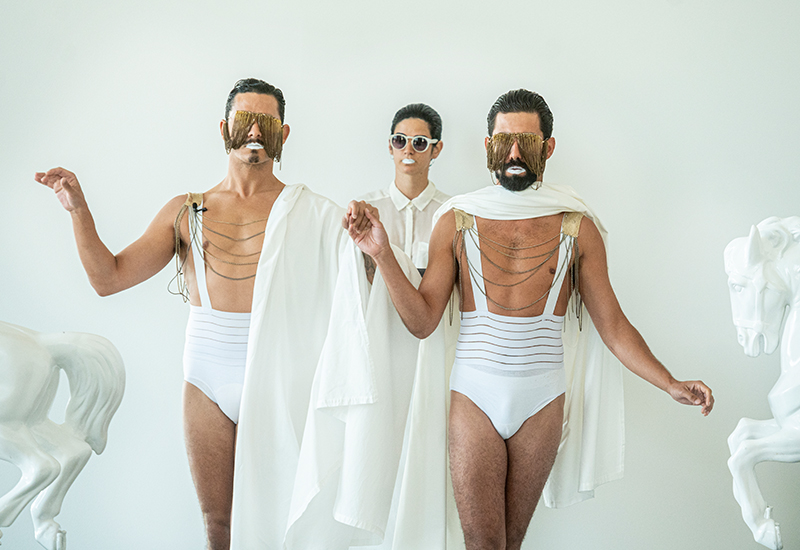
Another strand of CAMA’s vision is its collaboration with secondary schools. The festival will start with school performances while offering a volunteer programme with a class on cultural management. “We aim to give the young people in the city some practical experience. Develop a web so it’s not just a show but also about education,” Joana says. With this in mind, there will also be masterclasses for dance students.
I ask them if they believe that dance is elitist. “Come and see it for yourself,” replies Joana. “Sometimes you don’t have to understand it – it should make you feel something. A major problem for our country is our lack of cultural education. There are so many different genres in dance, not just ballet.”
This year CAMA has been joined by Tiago Mansilha, who is working on communications and creating a programme of talks between the audience and the performers which encourage understanding. He is also developing a podcast for the artists and live discussions. The majority of performances are free except the ones in Lagos Cultural Centre, so it feels affordable and accessible.
One installation performance, Coin Operated, by Jonas & Lander, starts with model horses, of the type you see on carousels, mounted by performers. Only once a member of the audience inserts a coin in the horse will they start to move. “We have tried to inject novel ideas into the programme to bring the whole family into the display,” says Daniel. One of the most innovative performers is non-binary artist Brazilian Luaro Raia, who works with mysticism. Her work, Pedra Lançada, is a lecture/performance of tarot activation, open to public participation.
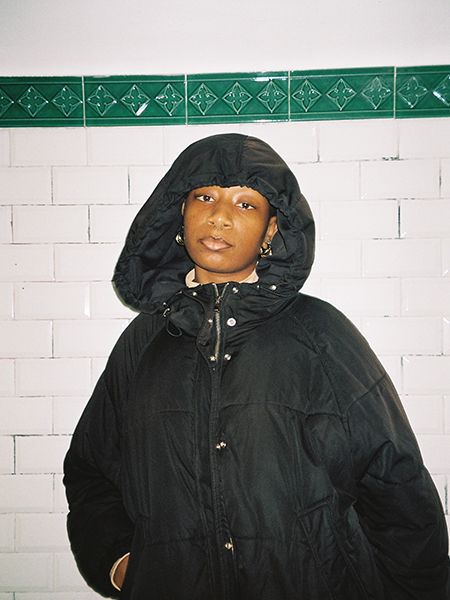
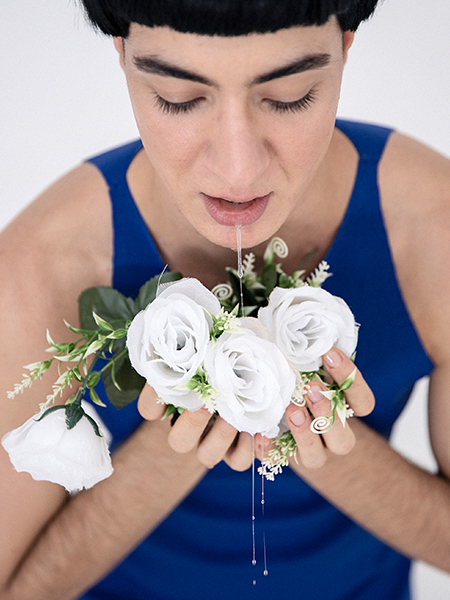
In the international programme are Ginevra Panzetti and Enrico Ticconi, who are performing for the first time in the Algarve, with the Portuguese premiere of AeReA, a show in which performers utilise flags with mesmerising movements that act as extensions of their own bodies. Joana explains their reasons for selecting these types of performances. “The strategy is that it brings artists together and brings the public closer to their artistic creation. An artist is not an untouchable being; the aim is to make art more relatable so the public isn´t afraid to go to these kinds of shows.”
Finally, when the show ends, the party starts for the audience. There will be DJ sets by Os Calipos and Fvbricia will get the audience moving themselves. “It is also important to party and dance yourself,” grins Daniel.
From my interview, it is clear that what Daniel and Joana are trying to achieve goes beyond dance. It is a festival that intends to bring people together, to celebrate not only art and culture, but being part of a city of culture. In Joana´s words, “We are creating a movement.”
Facebook: @Pedra Dura – Festival de Dança do Algarve
Instagram: @festival_pedra_dura
Main image: 11 Angels Saying no © Filipe Farinha _ STILLS
